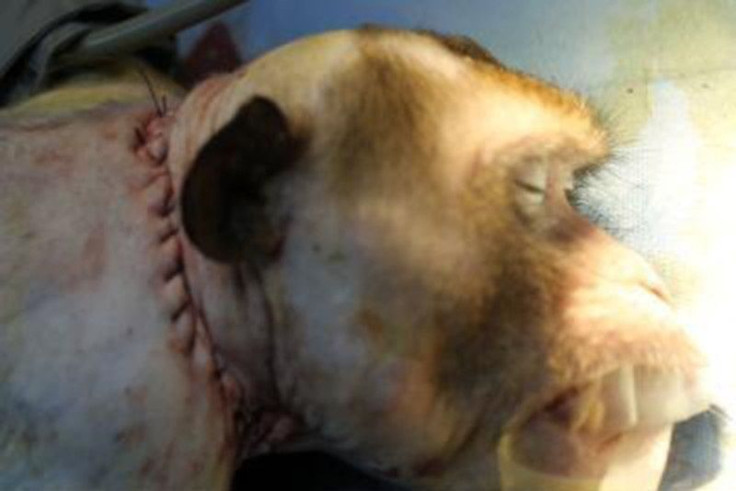Experts skeptical on claim of Italian surgeon Sergio Canavero of successful monkey head transplant

Because of his plan to perform a head transplant on a Russian man suffering from Werdnig-Hoffman, a degenerative muscle condition, fellow scientists are skeptical on the claim of Italian surgeon Sergio Canavero that he has successfully performed head transplant on a monkey. Canavero plans to perform the first human head transplant on Valery Spiridonov in December 2017.
The monkey head transplant, which he and an international team of neuroscientists performed in preparation for Spiridonov’s breakthrough and landmark procedure, was led by Chinese surgeon Xiaoping Ren. It was done at Harbin Medical University in China where Ren is affiliated.
Canavero selected Harbin as the facility where to perform the first human head transplant because of laxer rules. Despite being affiliated with the Turin Advanced Neuromodulation Group in Italy, Canavero is aware of difficulty in securing permits to perform the surgery in Europe.
Details of the monkey head transplant came out in Scientist, reports Gizmondo. Ahead of the experiment’s publication, Canavero released a photo of the monkey as proof to fellow scientists who doubt the success of a head transplant.
The article says that the team connected the blood supply between the animal’s head and new body. However, they did not try to connect the primate’s spinal cord. The team cooled the monkey’s head to -15 degrees Celsius.
The success of the procedure proves that cooling the head at that temperature would not cause brain injury. But Canavero adds that the team kept the monkey alive for only 20 hours for ethical reasons. Beyond the details provided by the team, New Scientists says that it was not given more details about the experiment.
Besides the monkey, the team had tried the procedure on human cadavers and on a mouse. In the case of the rodent, the team was able to successfully cut its spinal cord and re-attach it without damaging the mouse’s ability to move. A video shared by the team to New Scientist shows the lab animal moving its legs weeks after the procedure.
Canavero says it is possible to re-attach a severed spinal cord if it is cut cleanly in a bath of polyethylene glycol, a chemical that preservers membranes of nerve cells. Besides New Scientists, the journals Surgery and CNS Neuroscience & Therapeutics will published over the next few months the seven papers made by the team.
Arthur Caplan of the New York University School of Medicine wants to read the research if it is published in a peer-reviewed journal because of suspicions that Canavero’s team is engaging in “science through public relations.” Until then, Caplan considers the team’s output cow’s dung. However, it would be a member of Canavero’s team who would guest-edit the issue of CNS Neuroscience & Therapeutics.
Canavero is still fund-raising to perform the first head transplant procedure by the end of 2017. He plans to ask Facebook CEO Mark Zuckerberg to fund the pioneering surgery which theoretical neurobiologist Mark Changizi calls a “torso-and-limbs transplant” instead of a head transplant.
In response to doubts over the monkey head transplant and the forthcoming human head transplant, Canavero says, “I would say we have plenty of data to go on … It’s important that people stop thinking this is impossible. This is absolutely possible and we’re working towards it,” quotes New Scientists.





















